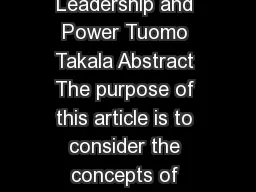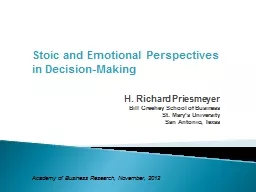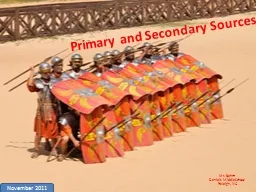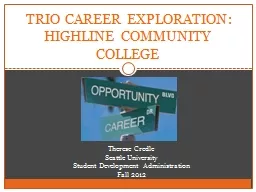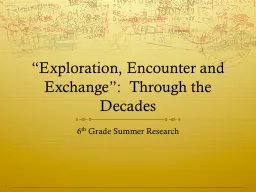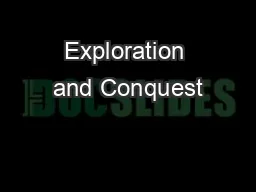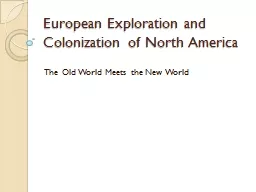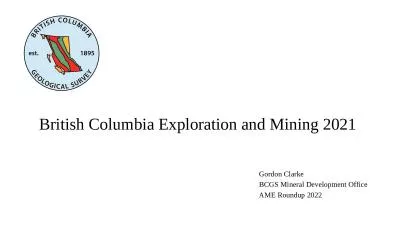PPT-Give and Take: An Exploration of Perspectives on Distributed Leadership Held by Secondary
Author : acenum | Published Date : 2020-06-30
Matt Hutt University of South Wales Newport UK BERA Conference 2017 Distributed Leadership Why conduct further research DL often interpreted in different ways elasticity
Presentation Embed Code
Download Presentation
Download Presentation The PPT/PDF document "Give and Take: An Exploration of Perspec..." is the property of its rightful owner. Permission is granted to download and print the materials on this website for personal, non-commercial use only, and to display it on your personal computer provided you do not modify the materials and that you retain all copyright notices contained in the materials. By downloading content from our website, you accept the terms of this agreement.
Give and Take: An Exploration of Perspectives on Distributed Leadership Held by Secondary: Transcript
Download Rules Of Document
"Give and Take: An Exploration of Perspectives on Distributed Leadership Held by Secondary"The content belongs to its owner. You may download and print it for personal use, without modification, and keep all copyright notices. By downloading, you agree to these terms.
Related Documents


